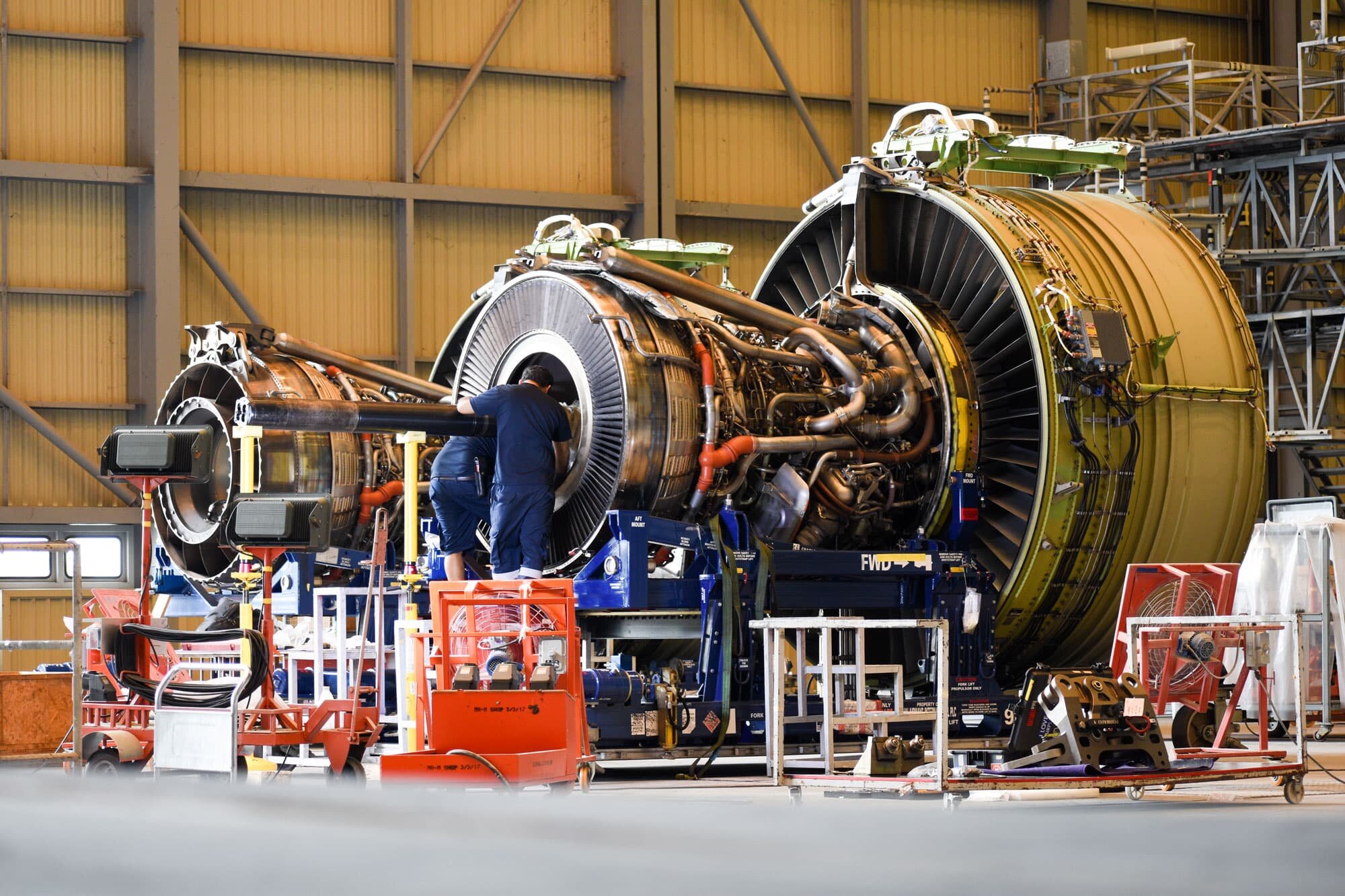According to the shape of the pulse, shock test can be classified into:
Classical Shock
Shock Response Spectrum (SRS)
User Defined Shock
Running shock test by using Electrodynamic Shaker may be much more convenient for test engineer due to the close loop control process. Since test engineer can define the shock test profile easily and leave the vibration controller to handle the close loop process by itself. For Shock Response Spectrum (SRS) Test, the vibration controller software will be able to tailor the time waveform in order to achieve the target SRS curve prior to the test. During the test, the vibration controller will use this time waveform as target curve.
Another thing that makes using Electrodynamic Shaker becomes more convenient is the capability of the vibration controller software to tailor a user customized shock test target by based on certain type of waveform, such as Damped Sine, Sine Wavelet, Burst Sine, etc.
From the other perspective, electrodynamic shaker has limitation in terms of displacement and force.
Running classical shock with long pulse duration which has low frequency content may requires higher displacement capacity which electrodynamic shaker may not be able to cover. Another limitation of electrodynamic shaker is its force capacity. When we are dealing with large size of DUT (Device Under Test), which may lead to bigger Head Expander or Slip Table, or when we are dealing with high shock acceleration test level, this will make the total moving mass will be much higher and increase the requirement of the force capacity.
For these type of cases, then we should turn ourselves to Shock Test Machine for running the shock test. The major difference between running shock test with electrodynamic shaker and shock test machine is that electrodynamic shaker achieves the shock demand profile by utilizing the movement of the moving mass, shock test machine achieves the shock demand profile by utilizing the impact between table to the "shock profile generator". From the system control point of view, unlike electrodynamic shaker, shock test machine is using open loop control system. For this reason, we may need to perform some trial test to be able to achieve the target test profile.
Based on the type of test profile, shock test machine can be classified into:
Classical Shock
Shock Response Spectrum (SRS)
The Shock Test Machine for Classical Shock can be classified again into:
Free-fall Shock Test Machine
Pneumatic Shock Test Machine
Based on the orientation, shock test machine can be divided into:
Vertical Shock Test Machine
Horizontal Shock Test Machine
The free-fall shock test machine tries to achieve target test curve simply by lifting up the DUT and shock table into certain height and drop it freely to hit "shock profile generator" mounted at the base. The shock test machine uses hydraulic pump to produce the force for lifting up the shock table. The advantage of this type of shock test is the simplicity in terms of control since basically we only need to control the drop height level. The disadvantage of this type of machine lies on the size of the machine. For high shock test level, we may need to lift up the DUT and shock table to even higher level. This makes the overall height of this machine can be much taller than the other type, makes it not suitable for test lab which has height limitation.
Meanwhile, the pneumatic shock test machine tries to achieve the target test curve by lifting up the DUT and shock table plus additional pneumatic pressure to increase the potential energy without the need of lifting up the DUT and shock table "too much". This makes the size of this machine can be more "compact", compare to free-fall type. From the control point of view, for running high shock test level, other than the height of DUT, we may need to set also the pneumatic pressure needed to achieve the target test profile.
For SRS test machine, unlike Classical Shock test machine that always need "shock profile generator", SRS Shock test may not need it, especially for high SRS test level. The hammer will hit the shock table and the acceleration waveform will be recorded and converted into SRS curve, to be compared to target SRS curve. The devices that are used for controlling shock test machine are basically similar with electrodynamic shaker. The main difference is that the data received from the accelerometer will not be considered as control feedback signal, since it is using open loop control.








